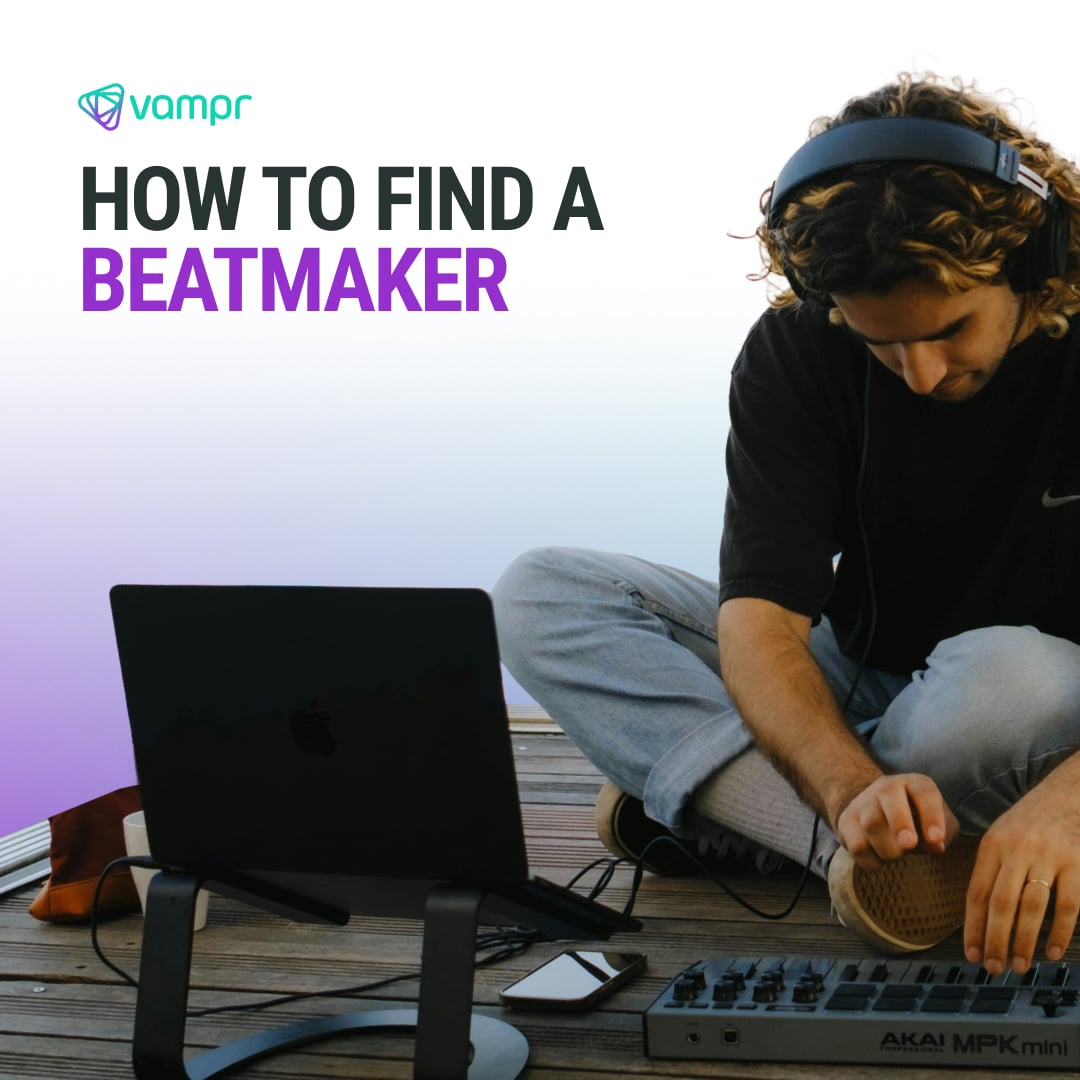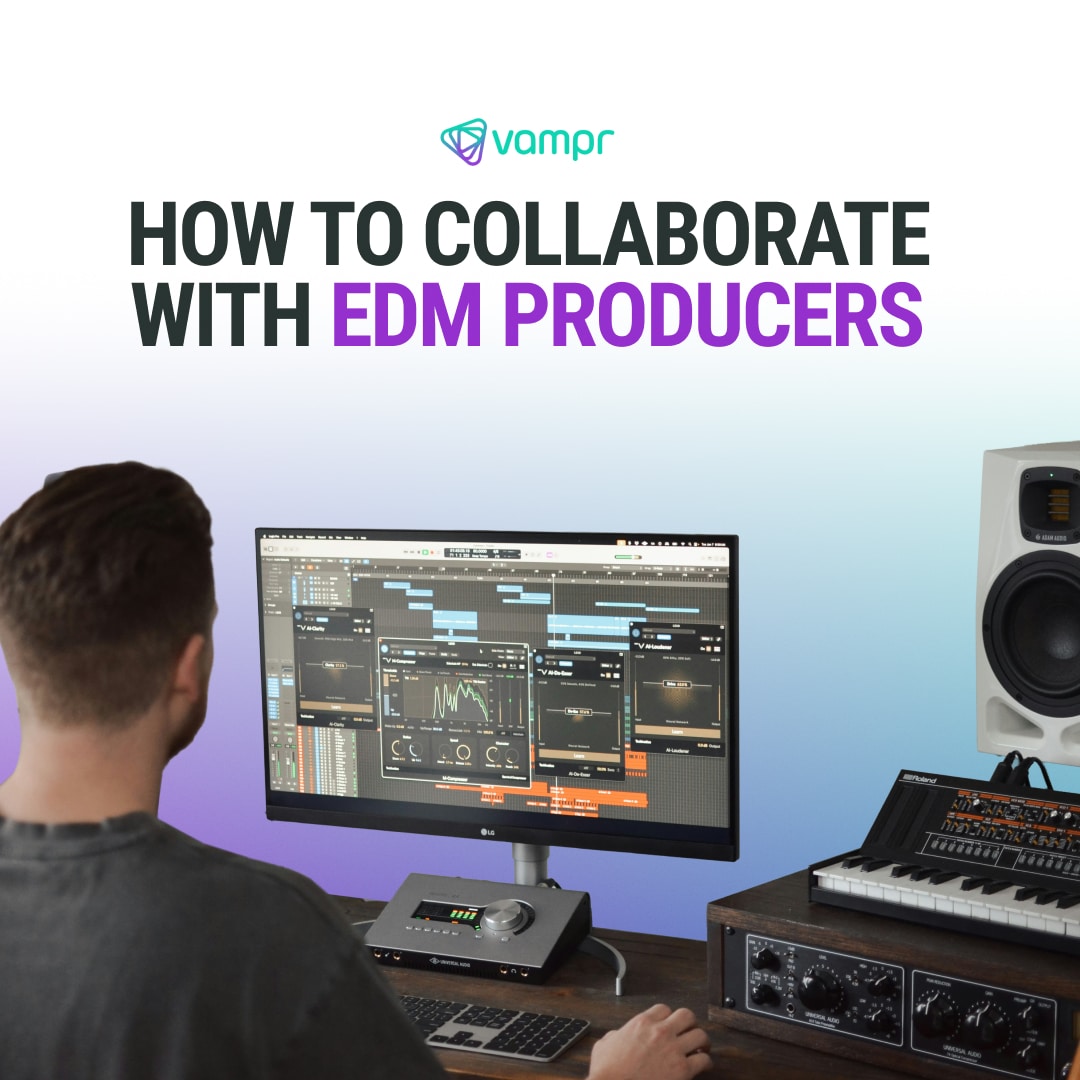Releasing music on Apple Music is a significant step for any artist looking to expand their reach. The platform, known for its vast user base and quality standards, requires high-quality recordings to truly shine. This is where the journey begins – ensuring your music is not just good, but great. High-quality recordings are essential because they directly affect how listeners perceive your music. In the competitive streaming landscape, where listeners can skip tracks in seconds, the first impression is critical. This step is about more than just technical quality; it’s about capturing the essence and emotion of your music in a way that resonates with listeners.
Preparing Your Music for Apple Music Release
The first step in preparing music for Apple Music release involves ensuring your tracks are expertly mixed and mastered. This process is crucial as it significantly impacts the final sound quality of your music. Mixing balances the individual elements of your track, like vocals and instruments, while mastering gives it a polished, cohesive sound. This stage requires a keen ear and technical skill, often necessitating the involvement of professional mixing and mastering engineers. The goal is to achieve a sound that meets industry standards and resonates clearly across various listening devices.
Audio quality can make or break your song’s success. Listeners on platforms like Apple Music expect a high level of clarity and richness in the music they stream. Poor audio quality can lead to your track being skipped or overlooked, no matter how good the composition is. It’s essential to invest time and resources in this area to ensure your music competes effectively in the digital music landscape.
Before you distribute your music, it’s crucial to finalize your recordings. This involves a thorough review of every aspect of your tracks, including audio quality, volume levels, and overall consistency. Ensure there are no technical issues, like unwanted noise or distortion. Finalizing your recordings also means making sure they align with your artistic vision. This final check is your last opportunity to make necessary adjustments, ensuring that your music is in its best form before reaching listeners.
When preparing your music for release, several common pitfalls should be avoided. These include over-compression, which can sap the life out of your music, neglecting metadata, which is crucial for discoverability, and inconsistent audio levels across tracks, especially if you’re releasing an EP or album. Another mistake is rushing the process and not allocating enough time for proper mixing and mastering. Avoiding these errors will greatly enhance the quality of your music and its appeal to listeners on Apple Music.
Creating an Apple ID for Music Distribution
An Apple ID plays a pivotal role in your music career, especially when it comes to distributing your work on platforms like Apple Music. It’s more than just an account; it’s your digital identity that connects you with listeners, other artists, and the broader Apple ecosystem. Having an Apple ID is essential for accessing various Apple services, managing your music, and keeping track of your sales and streaming numbers. It serves as a gateway to a world of opportunities in the digital music market, making it an indispensable tool for any artist looking to establish or grow their presence online.
Step-by-Step Guide to Creating an Apple ID
Creating an Apple ID for music distribution is a straightforward process, but it’s important to do it correctly to avoid any future complications. Here’s a step-by-step guide to ensure a smooth setup:
- Visit the Apple ID Website: Start by going to the official Apple ID creation page.
- Fill in Your Personal Information: Enter your details, including your name and email address. This email will be your Apple ID.
- Choose a Strong Password: Select a secure password that meets Apple’s criteria for strength and security.
- Set Up Security Questions: Choose security questions and provide answers. These are crucial for recovering your account if you forget your password.
- Verify Your Email Address: Check your email for a verification link from Apple and click on it to confirm your account.
- Complete Your Artist Profile: Fill in the details related to your artist profile, which will be visible on Apple Music.
Remember, your Apple ID is a key component of your music distribution, so keep the credentials safe and update your profile as needed. But when creating your Apple ID, you might encounter issues like an already in-use email address or problems with verification. If you face such hurdles, the first step is to check if you already have an existing Apple ID associated with your email. For verification issues, ensure that you check all email folders, including spam, for the verification email. If problems persist, Apple’s customer support can assist.
Once your Apple ID is set up, managing it effectively is important for maintaining a professional presence on Apple Music. This includes regularly updating your artist profile, monitoring your music’s performance, and keeping track of royalties and payments. Your Apple ID dashboard offers various tools and analytics that can help you understand your audience and plan future releases. Regularly checking and updating your profile ensures your artist’s image remains current and appealing to listeners.
Choosing a Digital Music Distribution Service
Selecting the right digital music distribution service is a critical decision for any artist aiming to release music on platforms like Apple Music. The ideal distributor should align with your specific needs and goals. Key criteria to consider include the range of platforms they distribute to, the turnaround time for getting your music live, the cost and fee structure, and the level of customer support offered. It’s also important to assess the distributor’s reputation and track record with other artists, especially those in your genre.
Understanding the fee structures and payment models of different distribution services is essential. Some distributors charge upfront fees, while others take a percentage of your royalties. Additionally, payment terms can vary – some pay monthly, others quarterly. It’s crucial to choose a service whose fees and payment model align with your financial situation and expectations. An affordable, transparent payment structure without hidden costs is often a preferred choice for independent artists.
Many distribution services offer additional perks beyond simply getting your music on platforms. These can include marketing tools, promotional support, access to analytics, and even opportunities for playlist placements. Evaluating these additional services can help you choose a distributor that not only places your music on Apple Music but also supports your broader career goals.
Uploading and Metadata Essentials for Apple Music
The process of uploading your music to Apple Music is a crucial step in your release journey. Once you’ve selected a distribution service, you will need to upload your tracks through their platform. This process typically involves selecting your file formats, ensuring they meet the technical requirements of Apple Music, and organizing them in the order you want them to appear. It’s important to follow the distributor’s guidelines closely to avoid any issues that could delay your release. Pay attention to every detail, as even small mistakes can impact the final presentation of your music.
Metadata plays a significant role in how your music is cataloged and discovered on streaming platforms. Metadata includes information like your track titles, artist name, album name, genre, and release date. Understanding and implementing metadata correctly ensures that your music is easily searchable and correctly attributed. Accurate metadata is also essential for tracking and collecting royalties. Take the time to double-check that all metadata is accurate and consistent across your tracks before submitting. The metadata associated with your music directly impacts its discoverability on Apple Music and influences how royalties are tracked. Incorrect or incomplete metadata can lead to your music being misclassified, making it harder for listeners to find it. It can also result in royalties being incorrectly allocated or not collected at all. Ensuring your metadata is thorough and precise is crucial for maximizing your music’s reach and ensuring you are fairly compensated for your work.
Common metadata errors include misspellings, incorrect genre classification, and mismatched artist names. These mistakes can significantly hinder your music’s performance on streaming platforms. To avoid these errors, review all metadata multiple times and consider having someone else double-check it. If you’re releasing an album or EP, ensure consistency across all tracks. Paying careful attention to metadata details is a small but vital step in successfully releasing your music on Apple Music.
Setting a Release Date on Apple Music
The timing of your release can significantly impact its visibility and success. Factors to consider include industry events, holidays, and the release schedule of other artists in your genre. A well-timed release can take advantage of peak listening times or avoid being overshadowed by major artists. Additionally, consider your schedule and availability for promotion around the release date. Timing is key to ensuring your music reaches the widest audience possible at the most opportune moment.
Coordinating with your chosen distribution service is crucial for scheduling your release on Apple Music. Communicate your preferred release date well in advance, and be aware of their lead times and deadlines. Distributors often require your music and all related information a few weeks before the intended release date to ensure smooth and timely distribution. Keep in constant communication with your distributor to confirm that everything is on track for your planned release date.
Building anticipation before your music goes live is essential for a successful release. This involves creating buzz around your upcoming single or album. Techniques can include social media teasers, email marketing to your subscribers, and perhaps even a pre-release single or music video. Pre-release promotion engages your existing fan base and can attract new listeners, setting the stage for a successful launch on Apple Music.
Understanding Royalties and Payments on Apple Music
Apple Music operates on a streaming royalty model, where artists are paid based on the number of streams their music receives. The calculation of these royalties involves a complex formula that includes factors such as the total number of subscribers, the total revenue generated by Apple Music, and your music’s streaming share. Artists need to know that streaming royalties can vary and are often different from download or physical sales royalties.
Once your music is available on Apple Music, you will receive payments through your chosen distribution service. These services collect royalties on your behalf and distribute them to you. The frequency and method of these payments vary depending on the distributor’s policies. Typically, there is a delay between the time your music is streamed and when you receive the payment, so planning your financial expectations accordingly is important.
Navigating the financial and legal aspects of music streaming requires diligence. It’s advisable to keep track of your streams and earnings and to understand the terms and conditions of both Apple Music and your distribution service. This knowledge helps in making informed decisions about your music career. Additionally, consider consulting with a music rights organization or a legal professional to ensure you are fully aware of and compliant with all rights and royalties related to your music.
Marketing Strategies for New Music on Apple Music
Effective marketing strategies for your music on Apple Music are crucial for ensuring your release reaches and resonates with your audience. Here’s a brief rundown of key steps to consider:
- Build a Strong Social Media Presence: Regularly update your profiles, share engaging content, and interact with your audience.
- Feature on Playlists: Research and reach out to playlist curators to feature your music.
- Create and Nurture a Fan Community: Engage with your audience and involve them in your music journey.
- Leverage Data and Analytics: Use insights from streaming platforms to understand your audience and tailor your marketing efforts.
- Collaborate with Influencers and Other Artists: This can expand your reach to new audiences.
- Invest in Quality Visual Content: Music videos, cover art, and promotional graphics can attract listeners.
- Host Live Events and Virtual Concerts: These events can create buzz and deepen your connection with fans.
- Run Targeted Ad Campaigns: Use ads on social media and streaming platforms to reach potential listeners.
- Utilize Email Marketing: Keep your fans updated and engaged through regular, personalized emails.
- Continuously Engage with Your Audience Post-Release: Keep the momentum going even after your release.
By following these steps, you can effectively market your new music on Apple Music, ensuring it reaches a wide and engaged audience.
Maximizing Reach on Apple Music with Promotion
Collaboration is a dynamic way to expand your audience on Apple Music. Working with other artists or influencers introduces your music to their followers, potentially attracting a new fan base. Collaborations can range from featuring another artist in your track, remixing popular songs, or even co-hosting virtual events. It’s not just about the music; it’s about creating a synergy that benefits all parties involved. When choosing collaborators, consider those who align with your style and values, as this helps maintain the authenticity of your brand while reaching new ears.
Visual content is an essential aspect of promoting music in the digital age. Compelling visuals, be it album covers, lyric videos, or promotional graphics, can capture the attention of potential listeners on Apple Music. Invest in creating high-quality and visually appealing content that represents the mood and theme of your music. This not only enhances your professional image but also makes your music more shareable on social media, increasing its potential to go viral.
Live events and virtual concerts are powerful tools for promoting your music on Apple Music. They offer an immersive experience that can deepen your connection with existing fans and attract new ones. In the era of digital streaming, these events provide a personal touch, allowing fans to experience your music beyond the studio version. Regular interaction with your audience helps build a loyal fanbase that will support your music journey long-term.
Embarking on a music release journey, especially on a platform as significant as Apple Music, is both challenging and rewarding. It’s a process that demands dedication, creativity, and strategic thinking. As an aspiring artist, embrace each step of this journey as a learning experience. Stay true to your artistic vision, be open to experimenting with new promotion strategies, and most importantly, engage genuinely with your audience. Remember, every successful artist started somewhere, and with perseverance and passion, your music has the potential to resonate with listeners across the globe. Keep pushing boundaries, exploring new horizons, and let your music find its unique place in the world.










